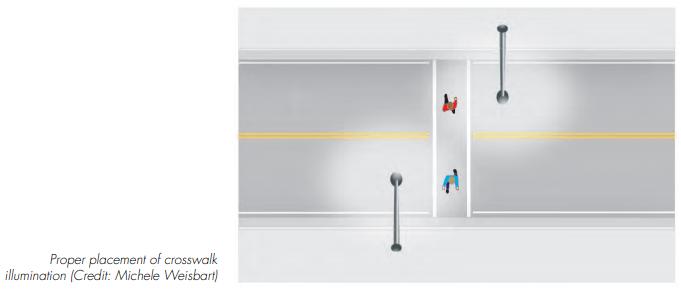DSCToronto
Superstar
Member Bio
- Joined
- Jan 13, 2008
- Messages
- 21,880
- Reaction score
- 35,460
- Location
- St Lawrence Market Area
That was exactly my point - the City is very fast to accept ideas that 'look good' and make everyone feel that they are 'doing something' such as making all "Local" streets in TEYCC area 30km and erecting signs saying Slow Down School or Slow Down - Seniors but takes virtually none to enforce the new rules or (more long-term) adjust street layouts. Window-dressing indeed!I think SteveX’s point is that the probability of being fined for speeding in Toronto is minuscule, and the fines aren’t all that high. Net-net, putting up a sign with a number is unlikely to do much to regulate speeds if nothing else changes. So I agree with you - we need to make significant changes to many road layouts and strictly enforce speed limits, probably with a large network of speed cameras. Otherwise, it’s all just window dressing.






